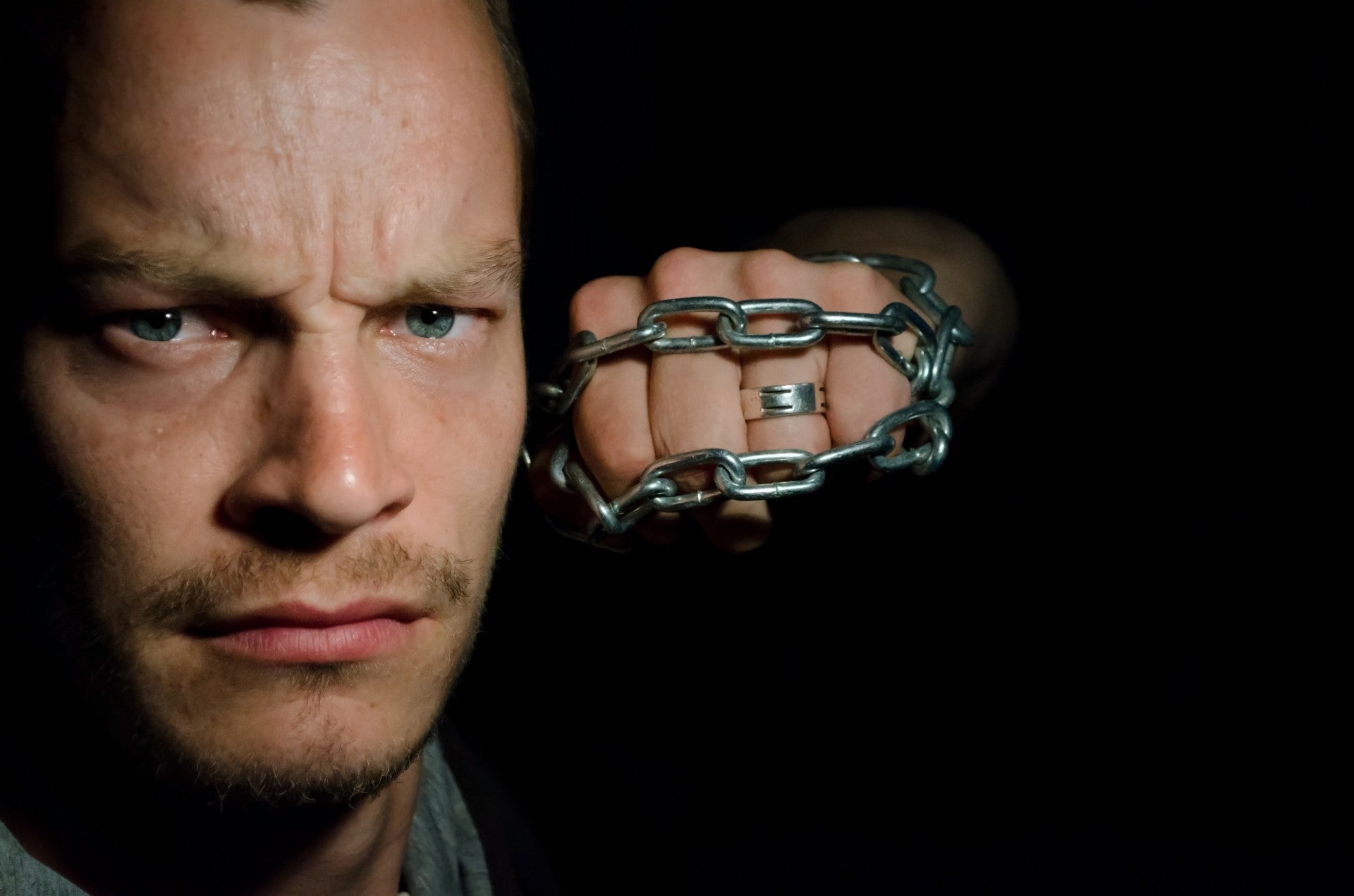Joffrey Baratheon.
Dudley Dursley and Draco Malfoy.
Anyone ever named Biff, Spud, or Spike.
Bullies come in all shapes and sizes, but they are all the same: cruel to others, often for cruelty's sake of cruelty, but just as often using cruelties to hide their fears and insecurities. They know no reason and cannot be reasoned with. Their one goal is to gain power, strength, and control, no matter who they have to hurt in the process.
Return to main list
Bullies: The Origin
Bullying has been around as long as humans have existed--one of the darkest aspects of human nature. On the face of it, bullies are defined as, "A person who is cruel to others, especially those who are weaker or have less power." They assert their dominance through physical, emotional, and psychological aggression. From physical attacks to verbal assaults to social pressure to the modern methods of cyber-bullying and trolling, they use "force, threat, or coercion to abuse, intimidate, or aggressively dominate others." An article on Psychology Today gives an insight into bullies:- The vast majority of children (60 to 70 percent) are never involved in bullying, either as perpetrators or victims. Early in development, most children acquire internal restraints against such behavior. But those who bully do it consistently.
- Their aggression starts at an early age.
- It takes a very specific set of conditions to produce a child who can start fights, threaten or intimidate a peer ("Give me the jump rope or I'll kill you"), and actively inflict pain upon others.
- The person hurt most by bullying is the bully himself, though that's not at first obvious, and the negative effects increase over time.
- Most bullies have a downwardly spiraling course through life, their behavior interfering with learning, friendships, work, intimate relationships, income, and mental health.
- The aggression of girls has been vastly underestimated because it takes a different form. It is a far more subtle and complex means of meanness than the overt physical aggression boys engage in.
- A strong need to dominate, and they derive satisfaction from injuring others.
- Bullies lack what psychologists call prosocial behavior—they do not know how to relate to others.
- Bullies are also untroubled by anxiety, an emotion disabling in its extreme form but in milder form the root of human restraint.
- They seem to have a low threshold of irritability and exist in a "mood state of readiness."
- Bullies see themselves quite positively—which may be because they are so little aware of what others truly think of them. Indeed, a blindness to the feelings of others permeates their behavioral style and outlook.
In Stories:
Bullies come in every conceivable shape and form:- Biff Tannen from Back to the Future was a bully as a teenager, and continued to a bully as he grew into an adult.
- A Song of Ice and Fire/Game of Thrones is filled with bullies: Ser Meryn Trant (who delights in beating a helpless teenaged girl), Gregor Clegane, Joffrey Baratheon, and Ramsey Snow.
- Draco Malfoy is the cold, cool "better than you" sort of bully who uses his power and status to push Harry Potter around, while Dudley Dursley is the much more physical sort of bully.

